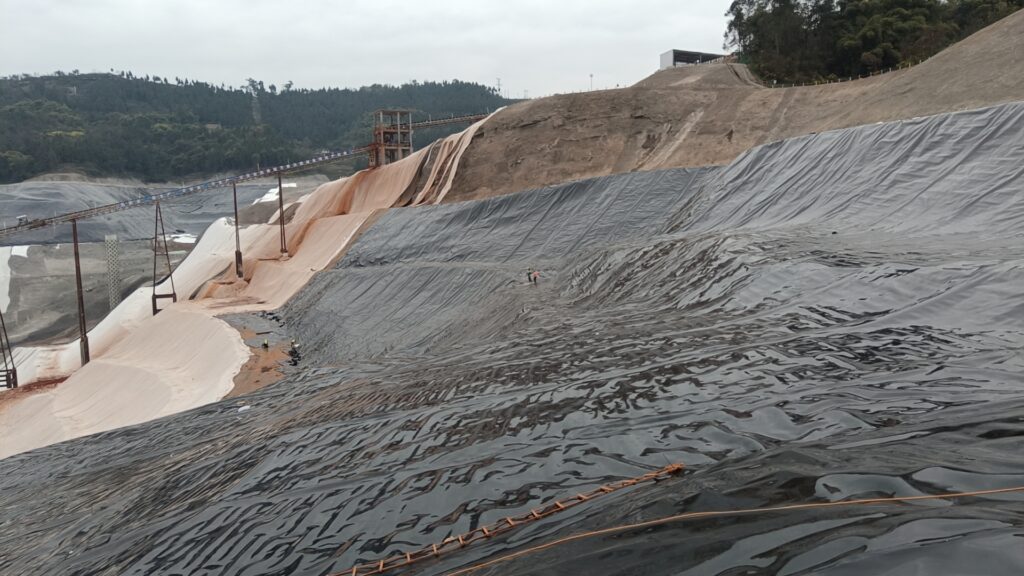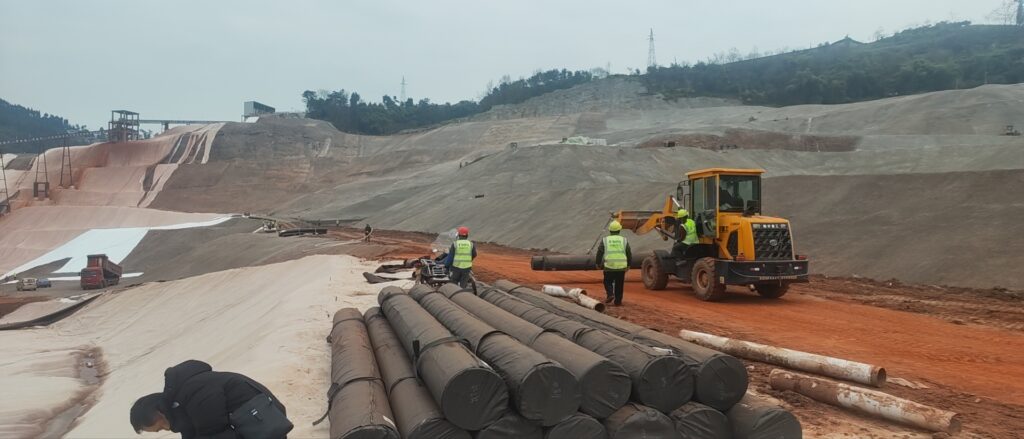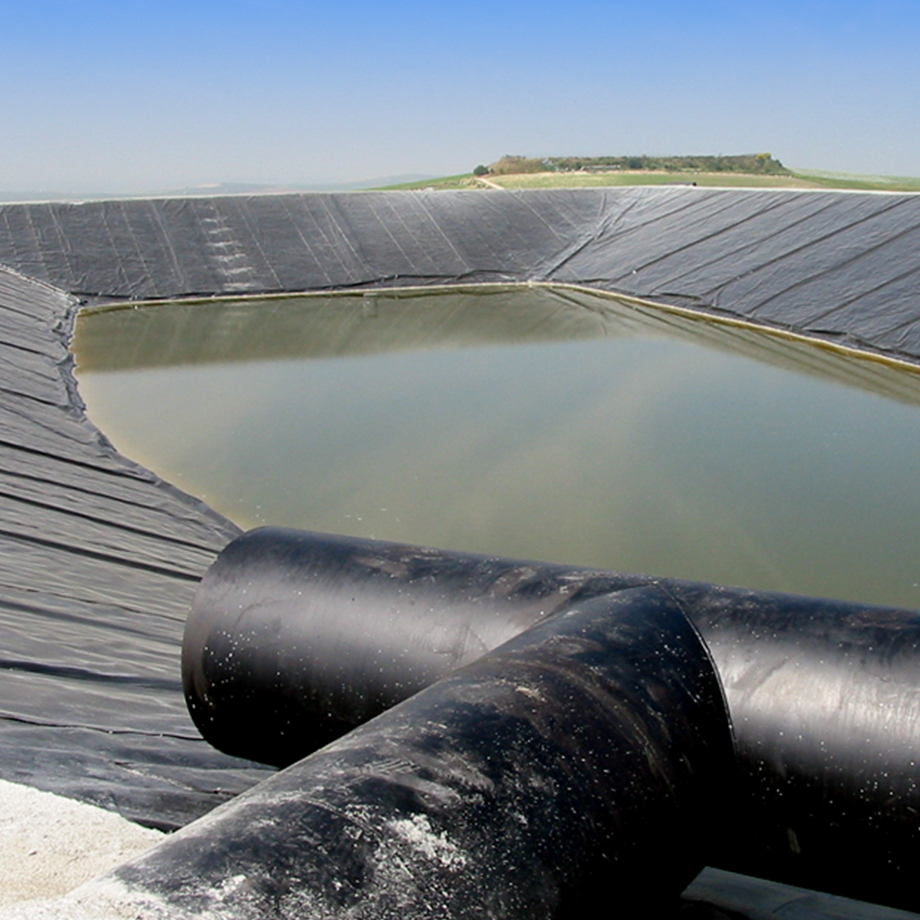What mil does hdpe pond liner have?
HDPE (High-Density Polyethylene) pond liners are available in a range of thicknesses, typically measured in mils (thousandths of an inch) or sometimes in millimeters (mm). The thickness of HDPE pond liners can vary depending on the specific manufacturer and the intended application.
Common thickness options for HDPE pond liners include:
20 mil: This thickness is commonly used for smaller ponds or projects where cost-effectiveness is a priority.
30 mil: This is a popular choice for medium-sized ponds and offers increased durability and puncture resistance compared to thinner liners.
40 mil: Considered heavy-duty, 40 mil HDPE pond liners provide even greater puncture resistance and durability, suitable for larger ponds or projects where extra strength is needed.
60 mil: Some manufacturers offer even thicker options, such as 60 mil, for extremely large ponds or applications where maximum strength and durability are required.
It’s essential to select the appropriate thickness based on factors such as the size of the pond, the level of protection needed against punctures and environmental factors, and the specific requirements of your project. Thicker liners typically offer better resistance to punctures and damage, but they may also be more expensive.

what is rpe pond liner?
RPE stands for Reinforced Polyethylene. RPE pond liner is a type of geomembrane material used for lining ponds, reservoirs, lagoons, and other water containment structures. It is made from high-quality polyethylene resin, which is reinforced with a layer of scrim or fabric for added strength and durability.
Here are some key characteristics of RPE pond liner:
Strength and Durability: RPE pond liners are known for their high tensile strength and puncture resistance. The reinforcement layer provides additional support, making them suitable for use in demanding applications.
Flexibility: Despite their strength, RPE pond liners are flexible and can conform to the shape of the pond or water feature, allowing for easy installation even in irregularly shaped areas.
UV Resistance: Quality RPE pond liners are often treated with UV inhibitors to withstand prolonged exposure to sunlight without degradation. This ensures long-term performance and prevents premature aging of the liner.
Chemical Resistance: RPE pond liners are resistant to a wide range of chemicals, making them suitable for use in various environments, including agricultural, industrial, and wastewater containment applications.
Ease of Installation: RPE pond liners are lightweight and easy to handle, which simplifies the installation process. They can be seamed or welded together to create larger liners without compromising integrity.
Cost-Effectiveness: Compared to some other pond liner materials like EPDM rubber, RPE pond liners can be more cost-effective while still offering excellent performance and longevity.
Versatility: RPE pond liners can be used in a variety of water containment applications, including decorative ponds, fish ponds, irrigation reservoirs, and stormwater management systems.
Overall, RPE pond liners are a popular choice for pond and water feature construction due to their strength, durability, and versatility. When selecting an RPE pond liner, it’s essential to consider factors such as the size of the pond, the level of durability required, and any specific environmental or chemical exposure considerations.
what is preformed pond liner?
A preformed pond liner is a type of rigid, molded plastic liner designed to create a predetermined shape for a pond or water feature. Unlike flexible liners made of materials like EPDM rubber or PVC, preformed pond liners come in fixed shapes and sizes, typically resembling natural pond contours.
Here are some key features and characteristics of preformed pond liners:
Rigid Construction: Preformed pond liners are made of rigid plastic materials such as high-density polyethylene (HDPE) or fiberglass. This rigidity allows them to maintain their shape without the need for additional support or framing.
Various Shapes and Sizes: Preformed pond liners are available in a variety of shapes and sizes, including round, oval, kidney-shaped, and irregular shapes mimicking natural ponds. They also come in different depths to accommodate various water feature designs.
Easy Installation: One of the main advantages of preformed pond liners is their ease of installation. Simply dig a hole in the desired location, place the liner in the hole, and backfill around the edges to secure it in place. This straightforward installation process can save time and effort compared to shaping and fitting flexible liners.
Limited Flexibility: While the fixed shape of preformed pond liners simplifies installation, it also means they offer limited flexibility in terms of design. They may not be suitable for creating custom or irregularly shaped ponds.
Durable and Long-Lasting: Preformed pond liners are typically durable and resistant to punctures, UV degradation, and damage from wildlife. With proper care and maintenance, they can last for many years.
Decorative Features: Some preformed pond liners come with built-in features such as ledges for planting aquatic vegetation, shelves for wildlife habitat, or built-in waterfalls or cascades for added aesthetic appeal.
Cost Considerations: While preformed pond liners may have a higher upfront cost compared to flexible liners, they can be cost-effective in terms of labor savings and ease of installation. Additionally, their durability and long lifespan can make them a worthwhile investment.
Overall, preformed pond liners offer a convenient and reliable option for creating ponds and water features with predetermined shapes and sizes. They are suitable for both novice and experienced pond enthusiasts looking to add a water feature to their landscape.

How to choose cheap pond liners?
When looking for cheap pond liners, consider the following options:
PVC Pond Liners: PVC liners are often less expensive than other materials like EPDM rubber. They are durable and can be found at affordable prices.
HDPE Pond Liners: High-Density Polyethylene (HDPE) liners are another cost-effective option. They are resistant to punctures and UV rays, making them suitable for long-term use.
Rubber Pond Liners: While EPDM rubber liners tend to be more expensive, you can sometimes find more affordable options such as Butyl rubber liners. These offer similar properties to EPDM but may be cheaper.
Preformed Pond Liners: Preformed liners are molded into a specific shape, which can make installation easier and potentially cheaper compared to custom liners.
Check Local Suppliers and Online Retailers: Compare prices from different suppliers, both local and online, to find the best deals. Sometimes, local suppliers might offer discounts or deals that can help you save money.
Consider Secondhand or Used Liners: You may be able to find used pond liners in good condition through online marketplaces or local classified ads. Just be sure to thoroughly inspect the liner for any damages before purchasing.
Sales and Discounts: Keep an eye out for sales, discounts, and clearance offers from pond supply stores. Buying during off-seasons or during promotional periods can help you save money.
Evaluate Thickness and Size: Opting for slightly thinner liners or smaller sizes can help reduce costs. However, ensure that the liner is still durable enough for your pond’s needs.
Remember to consider the quality and durability of the liner along with the price. Saving money upfront on a cheap liner may cost you more in the long run if you have to replace it sooner due to issues like leaks or degradation.
近期文章
Author
-

Founded in 2002, Tinhy's team focuses on the manufacturing, marketing, installation, application and research and development of geosynthetic materials.
View all posts

